Browse Scanbuild’s Home Building Articles Archive
Every homeowner deserves a bathroom that marries practicality with a touch of luxury. By integrating layered lighting, you can combine ambient, task, and accent sources to banish shadows, enhance safety, and elevate your daily rituals. This guide offers tried-and-true strategies for achieving opulent illumination, focusing on four key areas: mastering the essentials of layered lighting; delving into the latest LED and smart lighting trends; choosing the perfect color temperature with safety in mind; and customizing solutions for compact or accessible spaces, all while crafting a spa-like atmosphere with top-tier fixtures.
What Is Layered Bathroom Lighting and Why Is It Essential?
Layered bathroom lighting is the art of blending three lighting types—ambient, task, and accent—to create a harmonious glow, boost functionality, and accentuate architectural features. This method prevents harsh glare, aids in grooming, and enhances the overall design aesthetic.
Layered Lighting Benefits
Incorporating ambient, task, and accent lighting is crucial for a well-thought-out bathroom. This strategy eliminates shadows, improves functionality, and elevates the design, resulting in a more inviting and visually pleasing space.
Lighting Design Basics, Architectural Lighting Magazine
This research underscores the article’s focus on the significance of layered lighting in bathroom design.
How Does Ambient Lighting Set the Mood in Your Bathroom?
Ambient lighting offers consistent, general illumination that sets the room’s ambiance.
- Recessed downlights provide even coverage without adding clutter.
- Flush-mount ceiling fixtures cast a gentle glow across surfaces.
- Pendant lights introduce decorative flair while brightening dark corners.
Well-balanced ambient lighting enhances safety and lays the foundation for focused task and accent layers.
What Are the Best Task Lighting Options for Vanity and Grooming?
Task lighting delivers concentrated brightness where precision is key, such as shaving or applying makeup.
- Wall-mounted vanity sconces positioned at eye level flank the mirror.
- LED vanity bars above the mirror eliminate facial shadows.
- Backlit mirrors incorporate lighting directly into reflective surfaces.
Effective task lighting enhances grooming precision and creates a spa-like experience.
How Can Accent Lighting Highlight Your Bathroom’s Architectural Features?
Accent lighting draws attention to textures, niches, and artworks, adding depth and drama.
- LED strip lights beneath floating vanities highlight clean lines.
- Directional spotlights emphasize wall niches or tile patterns.
- Cove lighting within ceiling recesses gently uplifts room contours.
Thoughtful accent layers transform plain surfaces into focal points that reinforce the overall style.
Which Modern Bathroom Lighting Trends Should You Consider?
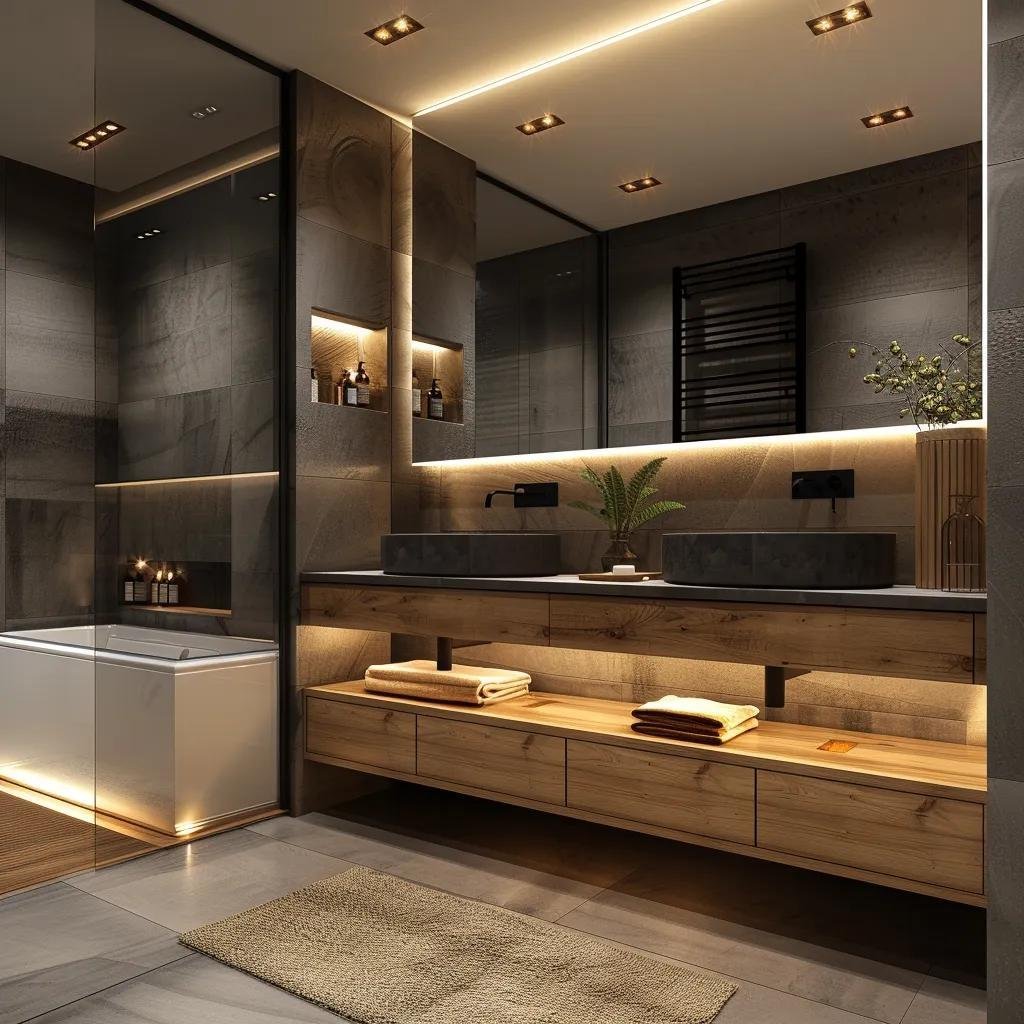
Why Choose LED and Integrated Lighting Fixtures for Your Bathroom?
LED and integrated fixtures offer durability, versatile styling, and energy efficiency.
- Backlit mirrors with built-in LEDs provide a uniform, shadow-free glow.
- Integrated vanity lights combine fixture and reflector into sleek profiles.
- Color-tunable LED strips transition from warm relaxation to bright task lighting.
LED lighting offers up to 90% energy savings and lasts 25 times longer than incandescent sources.
LED Lighting Advantages
LED lighting provides significant benefits in terms of energy efficiency and lifespan compared to traditional incandescent sources. LEDs can save up to 90% in energy and last up to 25 times longer, making them a smart and sustainable choice for bathroom renovations.
Energy Efficient Lighting, Department of Energy (2022)
This citation supports the article’s endorsement of LED lighting by highlighting its energy-saving and longevity benefits.
How Do Smart Lighting Systems Enhance Bathroom Ambiance and Control?
Smart systems offer seamless customization, scheduling, and voice-activated adjustments.
- Dimmable LED controllers transition from bright morning routines to soft evening retreats.
- App-based presets customize color temperature and intensity for each user.
- Voice integration with home assistants allows hands-free ambiance changes.
Smart lighting enhances convenience, supports wellness routines, and promotes sustainable energy use.
How Do You Choose the Right Color Temperature and Safety Features?
What Color Temperature Creates a Relaxing and Flattering Bathroom Light?
Warm white (2700K–3000K) envelops the space in a relaxing, flattering glow, while neutral white (3500K–4000K) sharpens clarity for grooming. High CRI (≥80) ensures true color rendering for makeup and tile finishes.
Which IP Ratings Ensure Safe Bathroom Lighting in Wet Zones?
IP ratings indicate resistance to solids and moisture, protecting fixtures and occupants.
What Are the Recommended IP Ratings for Different Bathroom Areas?
Choosing the right IP ratings prevents water ingress and ensures compliance with safety standards.
How Can You Tailor Bathroom Lighting for Small or Accessible Spaces?
Adaptive solutions maximize illumination without overwhelming compact or specialized areas.
What Are Space-Saving Lighting Solutions for Small Bathrooms and Powder Rooms?
Compact fixtures optimize headroom and functionality.
- Slim recessed micro-downlights maintain high ceilings in tight layouts.
- Wall-mounted LED bars free up counter space near the vanity.
- Integrated medicine cabinets with backlighting combine storage and illumination.
Slimline options deliver efficient brightness while preserving a sense of openness.
How Does Accessible Lighting Improve Comfort and Safety?
Accessible lighting empowers independence and reduces accident risk for all abilities.
- Motion-sensor LED strips activate on approach, guiding nighttime paths.
- Anti-glare diffused panels minimize harsh reflections for sensitive eyes.
- Lower-mounted rocker switches and illuminated ports ease operation.
These features promote safety, dignity, and ease of use throughout your renovation.
How Do You Create a Spa-Like Bathroom Ambiance with Luxury Lighting?

Combining premium fixtures and control layers creates a tranquil, resort-style retreat.
What Luxury Lighting Fixtures Make a Stunning Statement?
Statement pieces define a high-end look and serve as visual anchors.
- Crystal chandeliers offer reflective sparkle and sculptural presence.
- Brushed brass or matte black sconces introduce tactile elegance.
- Hand-blown glass pendants inject artisanal character above freestanding tubs.
Luxury fixtures function as decor elements while providing exquisite illumination.
How Do Dimmable Lights and Layered Lighting Create a Relaxing Spa Atmosphere?
Dimmable controls and layered sources work together to shift mood and intensity.
- Triac dimmers seamlessly fade ambient ceiling lights for evening unwinding.
- App-controlled zones adjust task and accent layers for precise ambiance.
- Preprogrammed scenes transition from energizing daylight to candlelike warmth.
This dynamic approach transforms your bathroom into a personalized sanctuary.
Partnering with Scanbuild LLC’s Washington D.C. team for your bathroom lighting renovation ensures expert design, meticulous installation, and a breathtaking result. Transform ordinary fixtures into a cohesive lighting scheme that blends luxury, safety, and everyday functionality. Reach out to Scanbuild today for a consultation and discover how bespoke lighting can redefine your home.

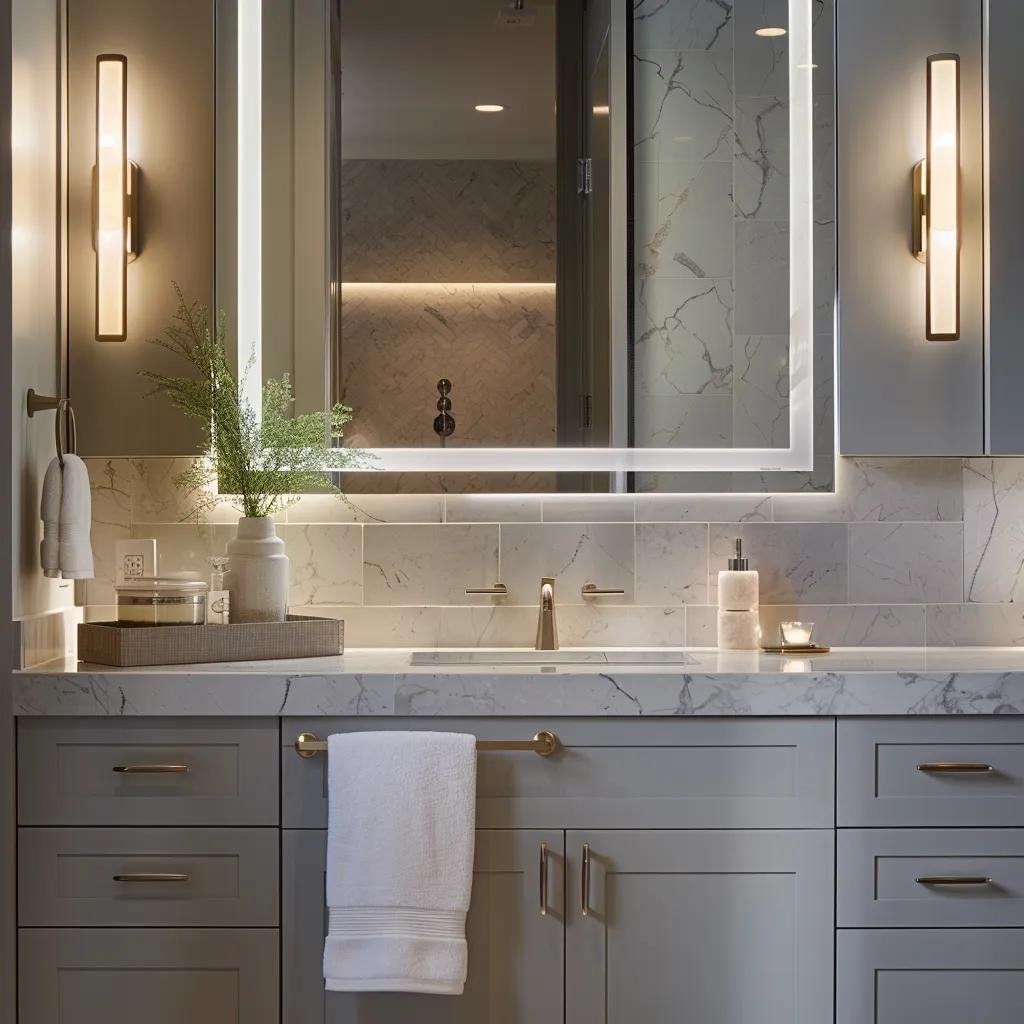
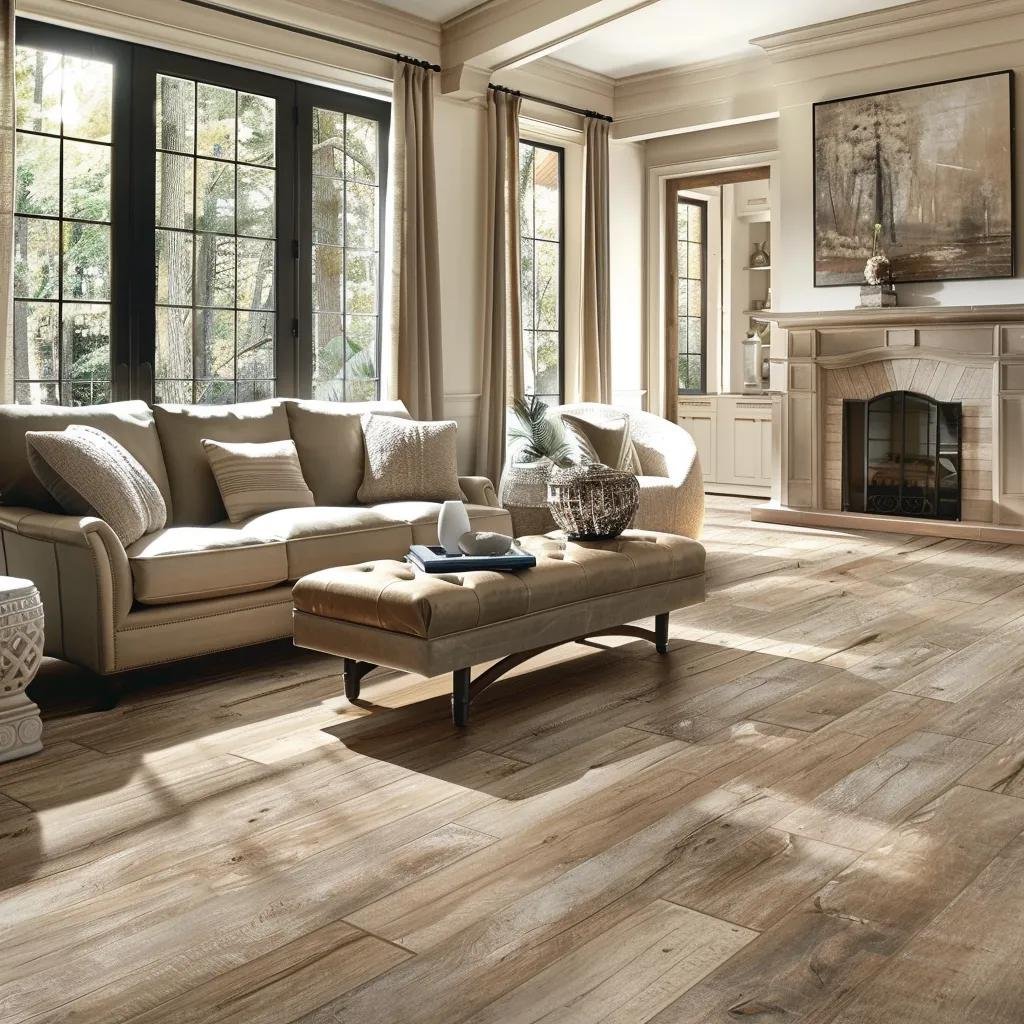
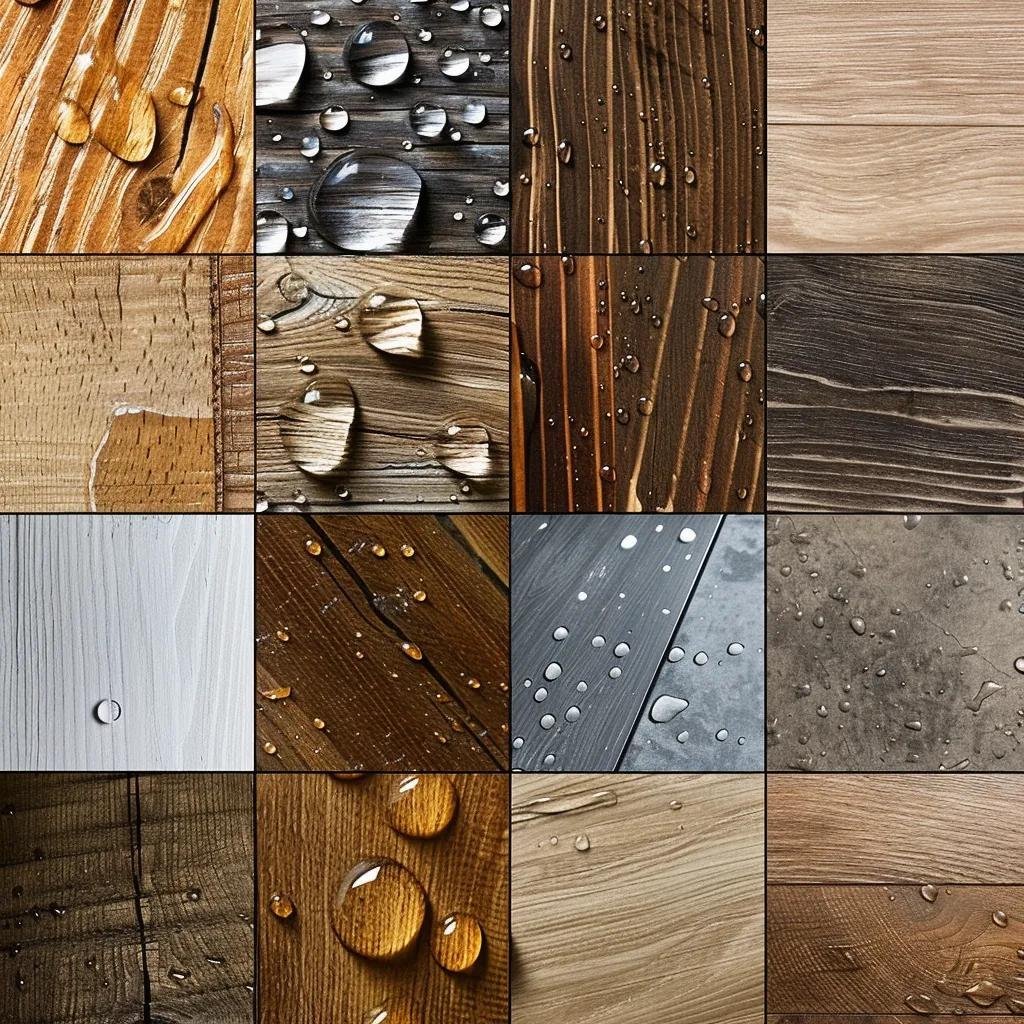
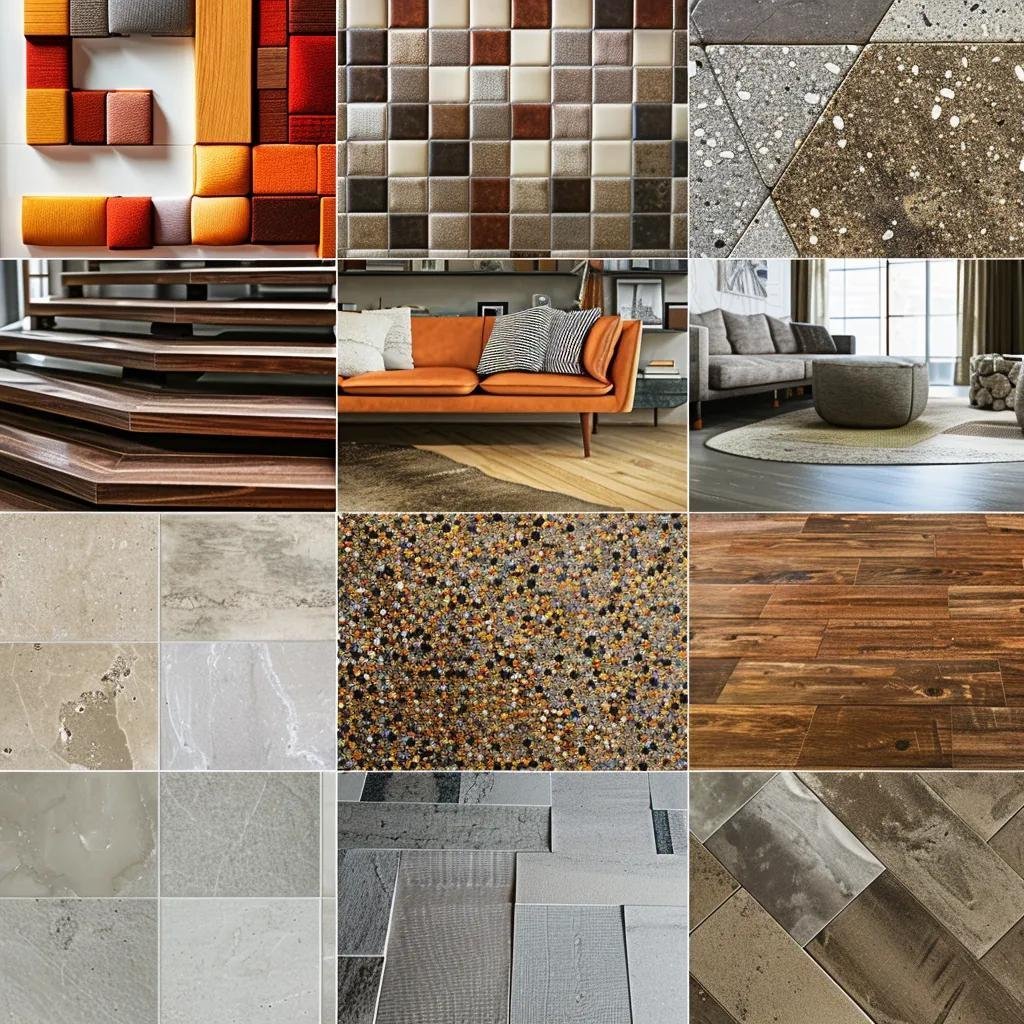
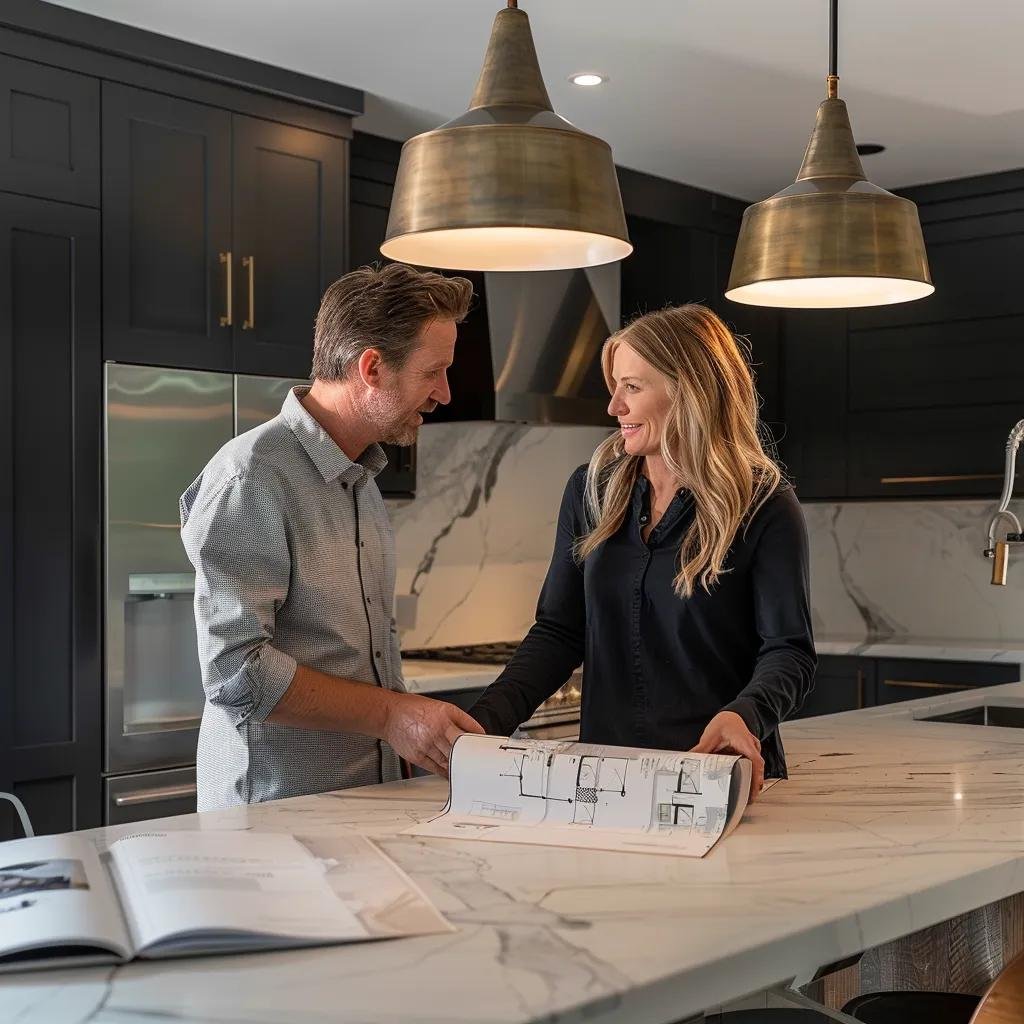

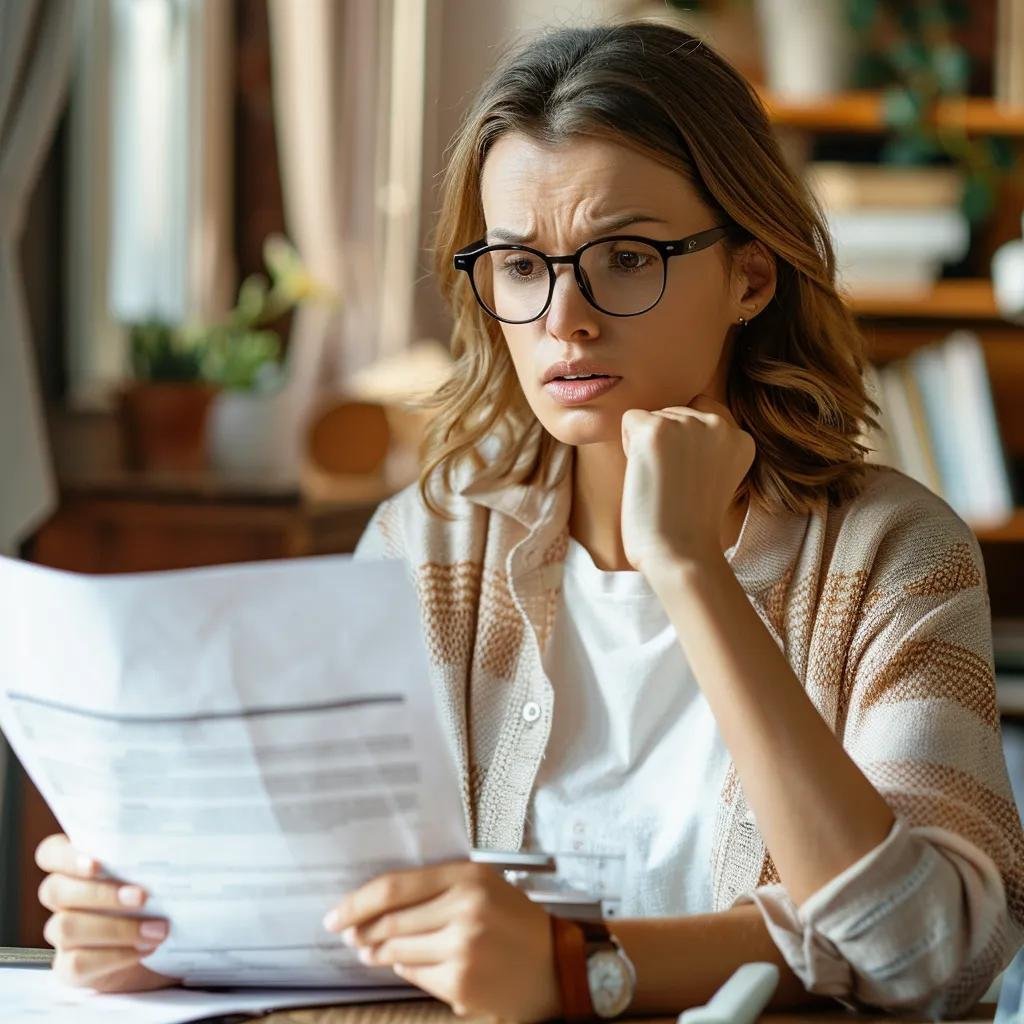

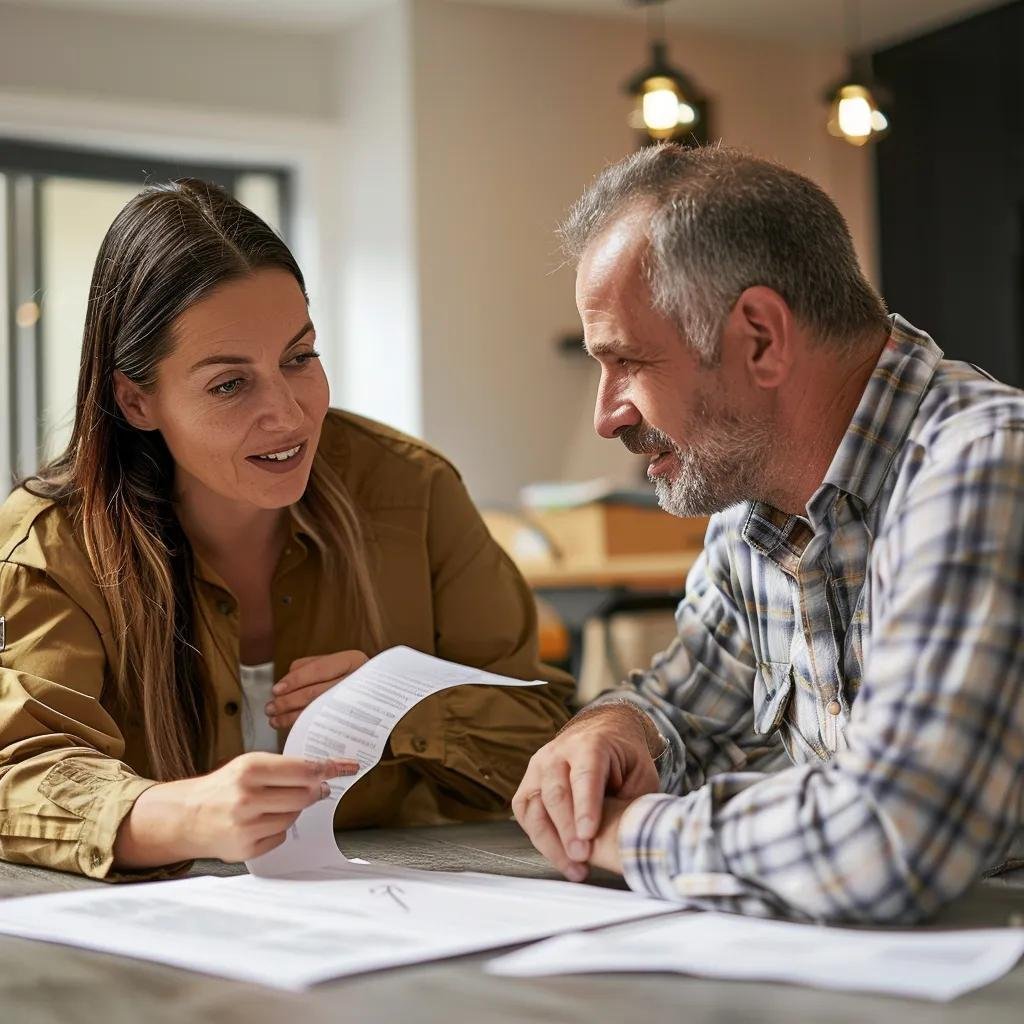

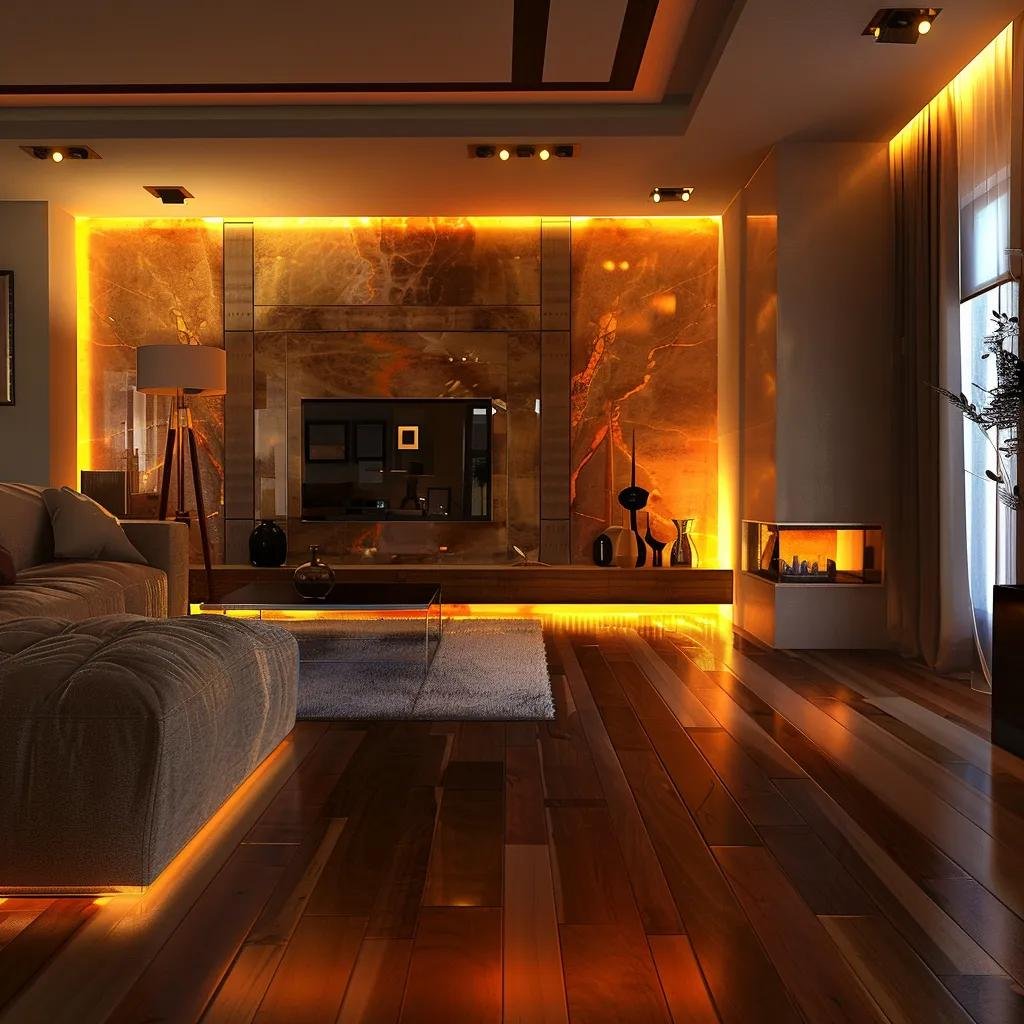


Recent Comments